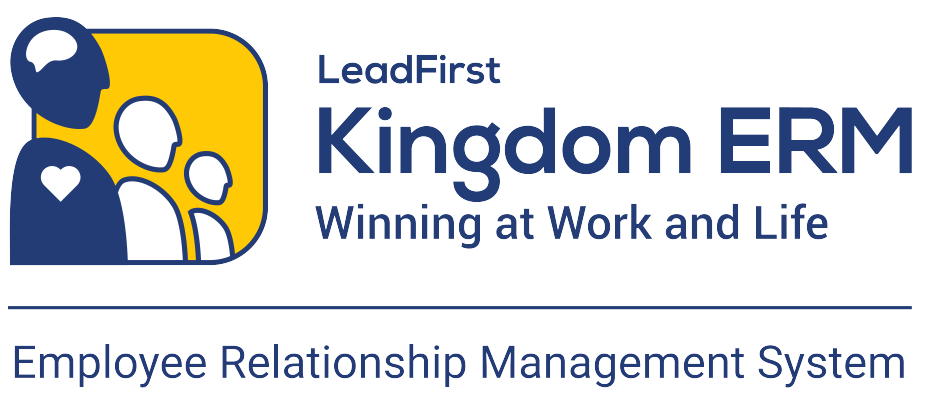The Skills Deception - Five Leadership Roles
Introduction
One of the interesting things about a growing business is that the roles of leadership change, sometimes slowly and imperceptibly, and it can turn into a sort of deception. Five leadership roles exist, and I say roles, not job titles because we end up having to fulfill multiple of these roles, depending on the size of the organization. Also, remember that if you're a one-person organization and you start out creating a new business, you end up doing all five of these roles then you add a person and there becomes more specialization over time.
1. Self Leadership
The first role is self-leadership. What comes to mind is what goes on inside of you. Are your desires, your reason, your mind, and your actions all aligned? Is there integrity to what you say is important to you? Is a person centered on who they are? This results in an individual you can interact with, depend on, and build trust. They can fit into an organization and deliver what they promise. That's self-leadership.
2. Functional Leadership
Functional leadership on the other hand is when an organization grows to the point that you end up having a group of people focused on one particular function, sales or marketing, or sales and marketing and the leader of that group now has a mission. That's a sub-component of the whole organization. The keys to functional leadership are clarity of purpose, and building a team of people that have the right capabilities. To deliver on that purpose and the ability to care for those people and build and sustain teamwork, unity, and oneness.
So there's a continuous ongoing nature to a functional leadership role. It's the most important role in terms of employee engagement and satisfaction. It's who that person looks to understand. How they connect to the purpose of the organization and define what success means for them. So the functional leader emerges again, as the organization grows and you start to have departments
3. Change Leadership
The third type of leadership is change leadership. What's interesting about change is that when you start a company, everything is changed. So there's no such distinction between function and change. You're trying to build something. You're trying to deploy something, or you're going from a state where nothing exists to something exists.
So it's all
change, but as organizations grow and become profitable and have ongoing activities to run the business, change gets harder because there's more momentum entrenched in running the business. so change leadership gets to be more critical and it is cross-functional. If you want to bring change to an organization, you have to change the way things work across many functions.
So change leadership has to be good at getting multiple functions to work together. Change leadership usually is temporary. It's rooted in project management and clear outcomes with a set of objectives. When those objectives are met, the change initiative is over. Another dimension of change leadership is making sure that when the change is implemented, it is sustained and becomes embedded into the day-to-day operations.
4. Process Leadership
The fourth is process leadership. Functional linkage of a value add chain that delivers something important to clients could be an internal or an external client. Process leadership is like project leadership in that it has to get multiple functions working together, but it's different than a project in that it is ongoing.
The process remains in place as long as it's useful to the organization. Process leadership is all about measurement, improvement, and focus on making that process very predictable delivering high-quality results every time process leadership emerges as a counter force to the functional silos that develop as an organization grows.
5. Strategy Leadership
The last kind of leadership - we call strategy leadership. It isn't just reserved for the top of the organization. The key difference in strategy leadership is the time horizon and the scope of thinking. So if you're at the top of the organization, you're thinking about the whole organization and what emerges over time, over five, 10 years, thinking ahead of what are we trying to become and what are the moves we need to make to become that strategy.
On a smaller scale, they can think about their whole set of functions going on in that division or department, and they can think ahead 5 years and say, we need to build this capability this year. So we can build on it next year. Strategy leadership is the idea of stepping out of the day-to-day operations and thinking longer-term and holistically about how to get the organization where you want to go.
Conclusion
To recap, these leadership roles are not job titles. They are different aspects of what it means to lead at different points in an organization. Everyone is a self-leader, and at various times you may be also part of project leadership process leadership, or functional leadership. It just depends on the stage of your career in the stage of the organization.
Subscribe to the LeadFirst Briefing
Conquer Chaos in Your Business
- Order copies of Built to Beat Chaos for your team
- Lead your team through the Discussion Guide
- Set a vision for your business with the LeadFirst Purpose Workshop.


Kingdom ERM is the complete
Employee Relationship Management System that organizes employee care like CRMs organize customer care.
1219 West Main Cross
Suite 205
Findlay, Ohio 45840
LeadFirst | Site by Spearlance



